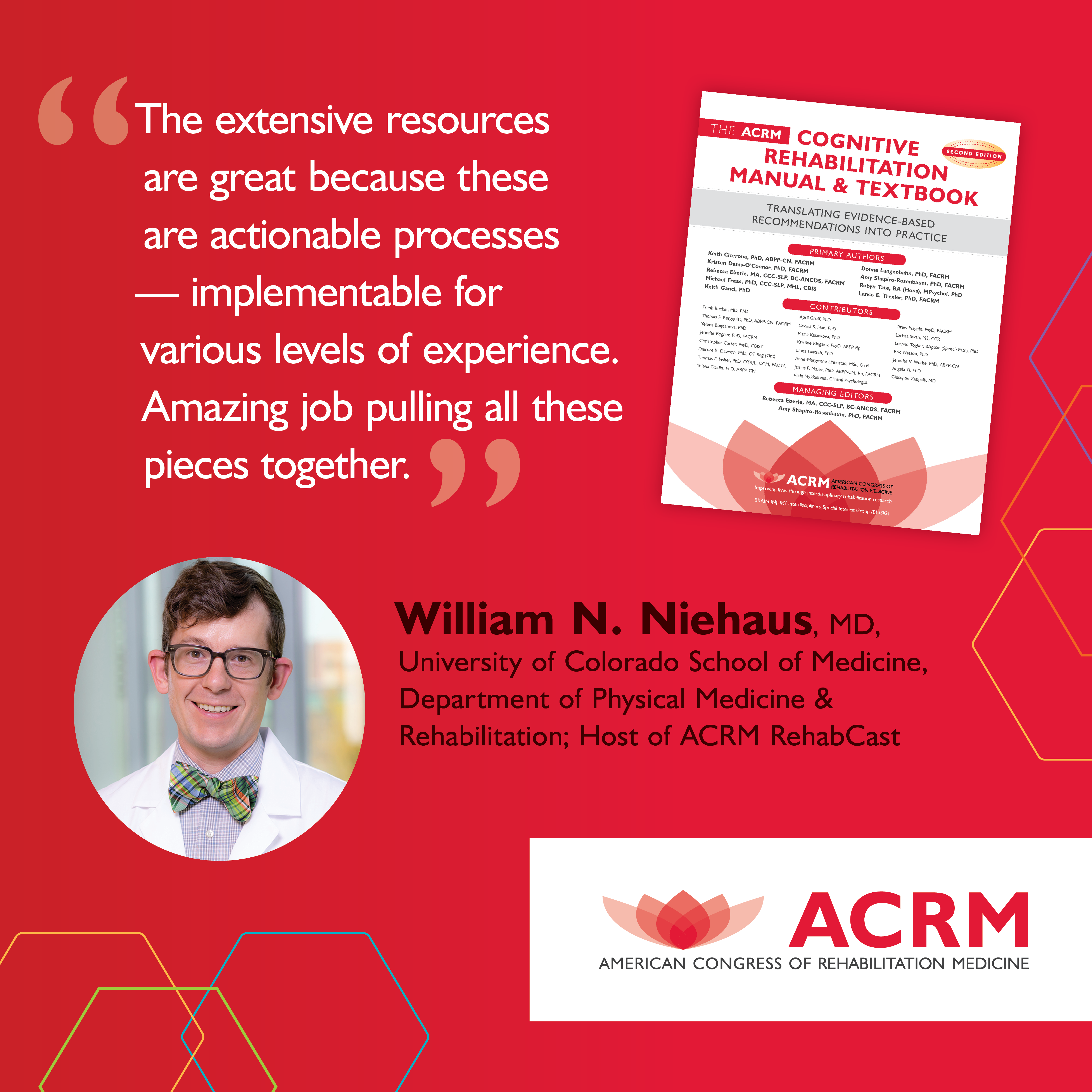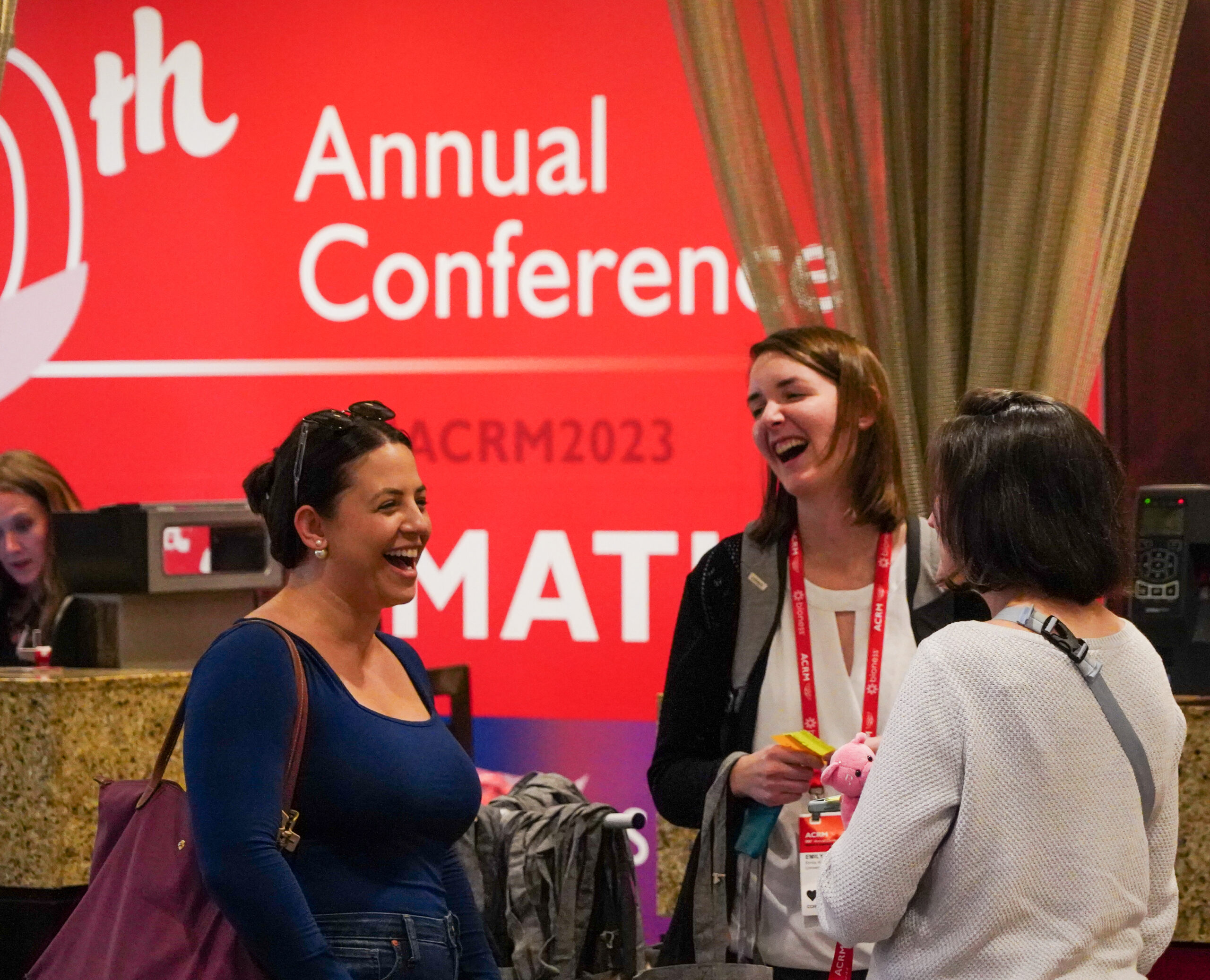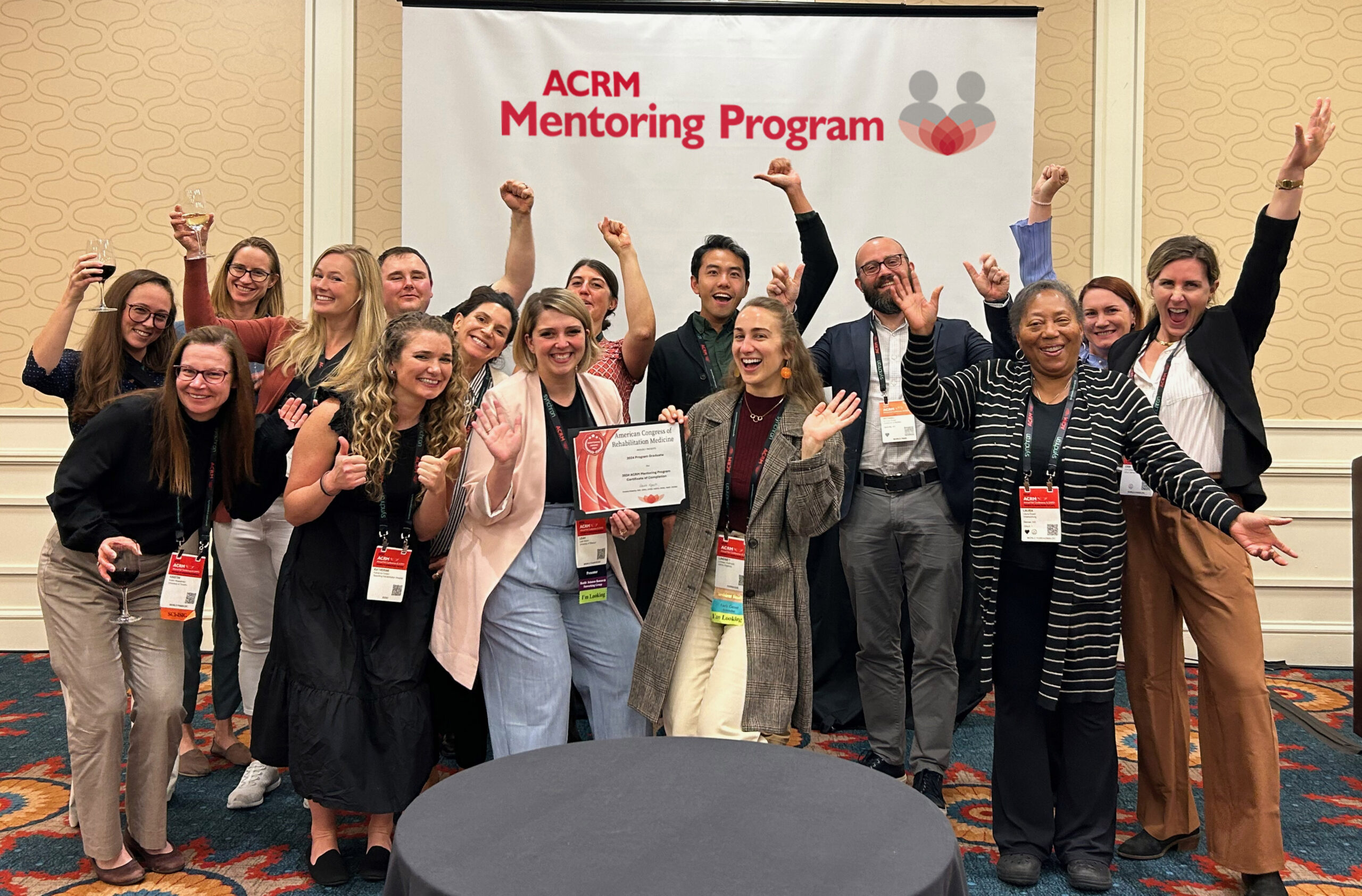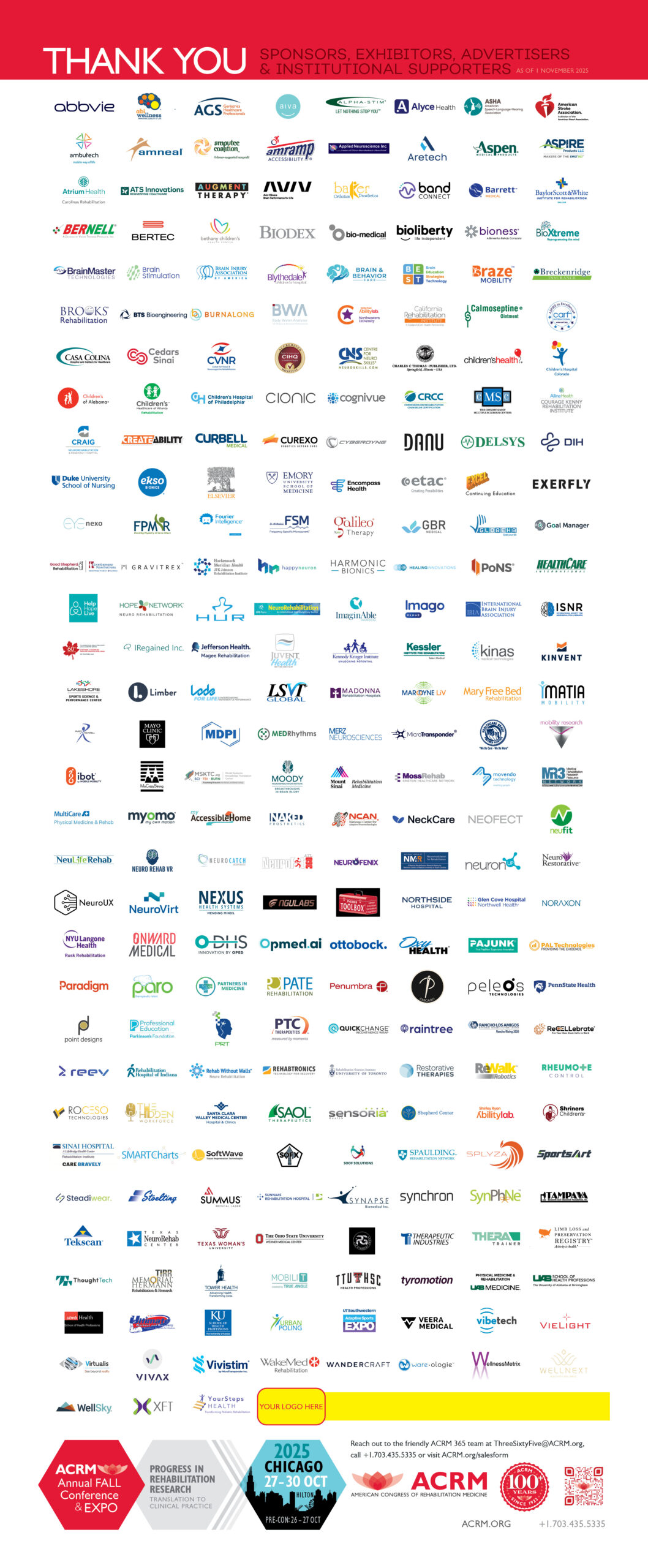One of the ACRM networking groups is the Pediatric Rehabilitation Networking Group, and its mission is to facilitate meaningful interdisciplinary work that enhances the lives of children and adolescents with functional limitations, such as those with cerebral palsy.
In today’s blog post, we’re sharing a high-level overview of rehabilitative treatments for children with cerebral palsy. Intensive treatments usually begin in early childhood, with the goal of improving muscle control, managing spasticity, and helping children gain confidence. Continue reading to learn more, and if you’re interested in joining an ACRM networking group, contact us today. Along with networking opportunities, we also offer the chance to earn continuing medical education credits, helping our members stay at the forefront of rehabilitation medicine.

Physical and Occupational Therapy
Spasticity is one of the defining physical characteristics of cerebral palsy, and physical therapy can help extend the range of a child’s muscle movement. The focus of physical therapy is primarily on the hips, knees, ankles, shoulders, elbows, and wrists.
Simple stretching and strengthening exercises help relax tight muscles and additional exercises are modified for the patient to help them better control their body movement, improve balance, reinforce posture, and reduce the risk of joint problems that can be caused by an uneven gait. Occupational therapists focus on helping children control movement in the hands, which helps with writing, eating, dressing, and other routine tasks.
Assistive Devices
Part of rehabilitation medicine for children with cerebral palsy includes braces, splints, and other assistive devices that help maintain or improve body posture and improve gait. There are a number of options, and a rehabilitation specialist will be able to provide custom assistive devices.
Speech Therapy
Some children with cerebral palsy have difficulty speaking clearly, and a speech therapist can help increase a child’s oral motor skills. Speech therapy plans are tailored to the child’s needs and can help train the brain to pronounce and interpret words, sounds, and gestures.
Vibration Therapy
Here at ACRM, we published a paper in 2016 about the effect of vibration therapy on walking endurance in children with cerebral palsy. Vibration therapy involves whole-body vibration in order to help with spasticity. Children stand on a vibrating platform for about twenty minutes. It has been shown to decrease coordination deficits, reflex excitability, and spasticity. While the effects last a relatively short time, it may be a way to increase mobility and independence over time.

ACRM – American Congress of Rehabilitation Medicine
If you’re interested in diving deeper into rehabilitation research around cerebral palsy, check out the continuing medical education credits we offer.
The mission of our non-profit organization is to improve the lives of disabled people through rehabilitation medicine and research, and that includes utilizing innovative techniques like music therapy into rehabilitation practices. There’s always new, innovative research going on within the ACRM community. Learn about the benefits of joining ACRM as well as member dues and how to apply. You can also learn more about the ACRM Conference and register for either in person or online here.









